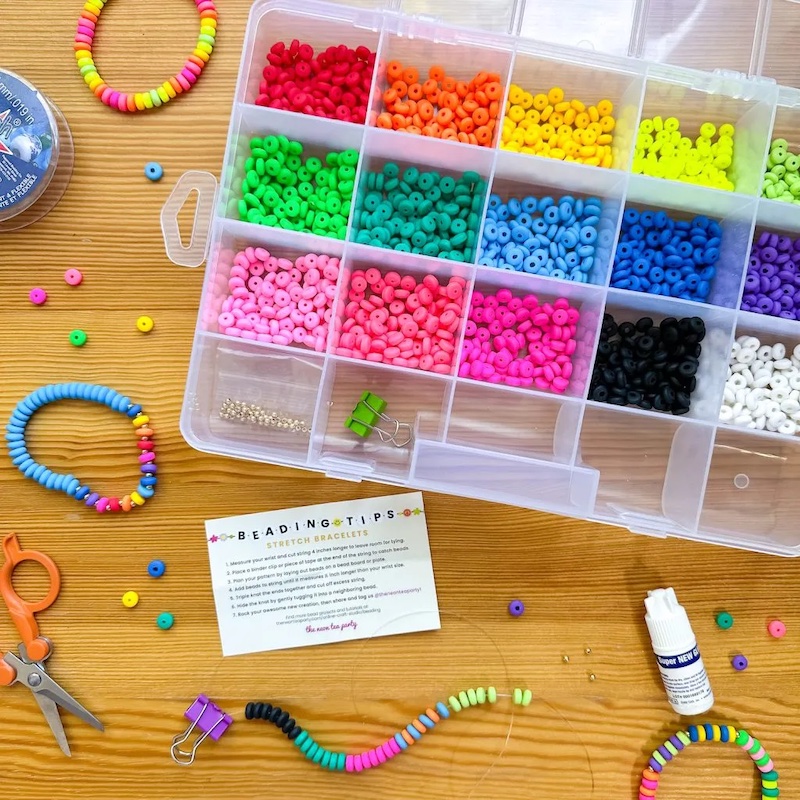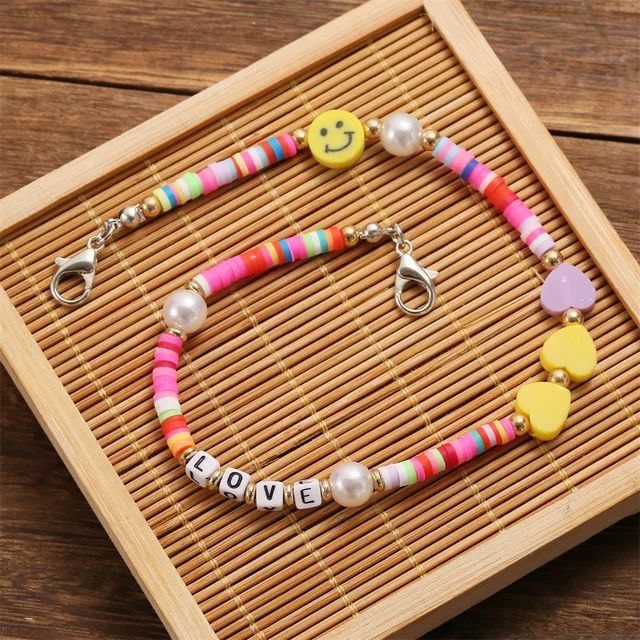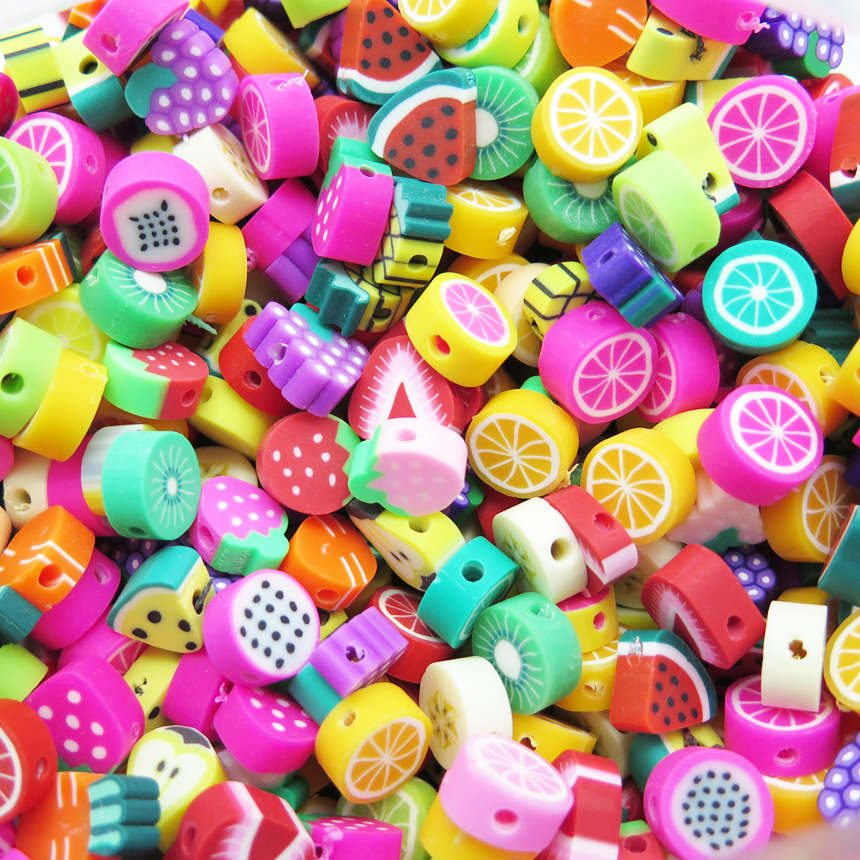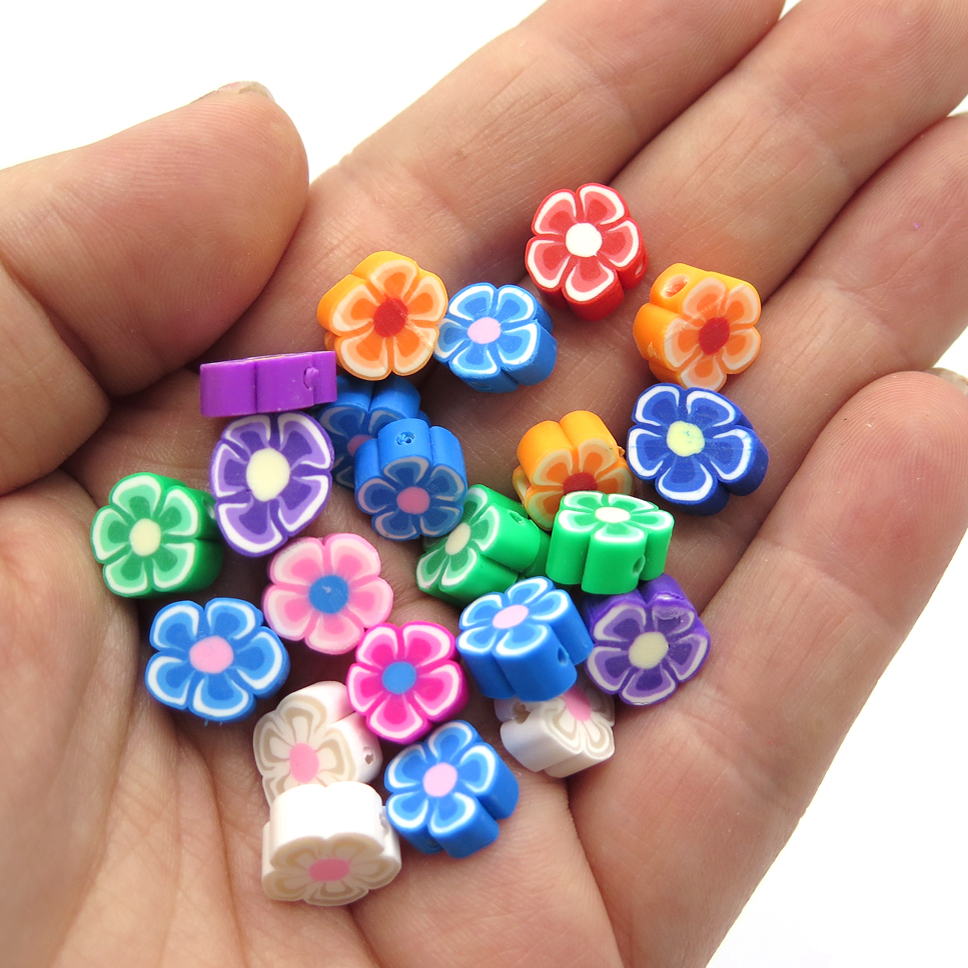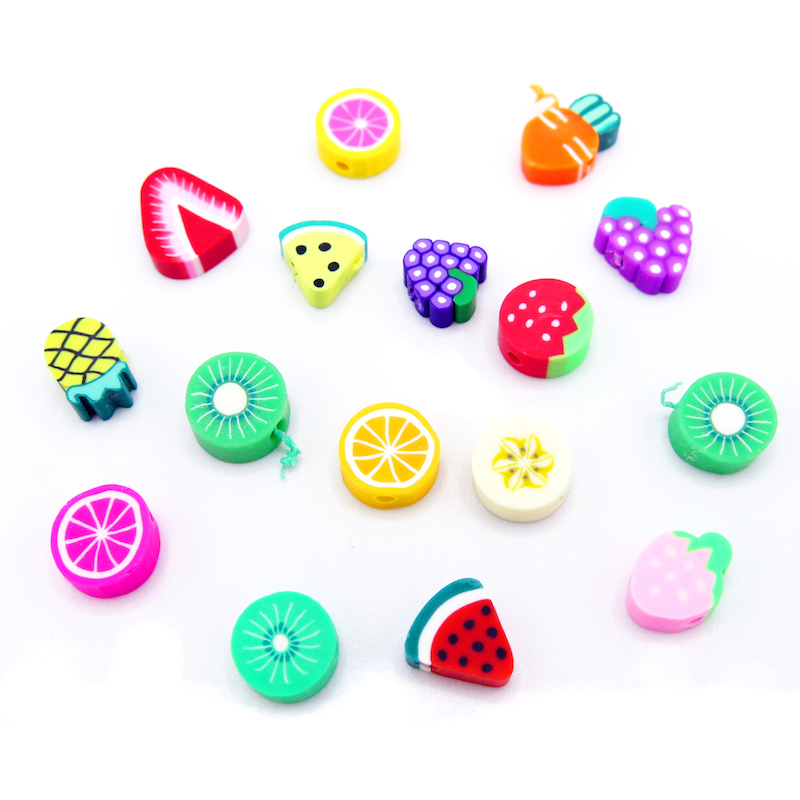Introduction
Clay beads have been an essential part of human culture and adornment for thousands of years. These versatile and beautiful beads have played a significant role in the history and traditions of various civilizations around the world. From ancient Africa to modern-day fashion, clay beads continue to be a popular and timeless accessory. In this article, we will explore the rich history, cultural significance, and modern uses of clay beads.
Part 1: The History of Clay Beads
Level 1: Ancient Origins
Clay beads have been used for adornment and ritualistic purposes by ancient civilizations, including the Egyptians, Greeks, and Romans. These beads were often handcrafted and painted with intricate designs, symbolizing cultural beliefs and traditions.
Level 2: Cultural Significance
Clay beads were highly valued in many ancient cultures and were used as a form of currency, as well as for spiritual and ceremonial purposes. The significance of these beads in various cultures reflects their enduring beauty and meaning.
Part 2: Artisan Craftsmanship
Level 1: Handcrafted Beauty
Clay beads by skilled artisans use traditional techniques to mold, shape, and fire the beads. Each bead is a unique piece of art, reflecting the creativity and craftsmanship of the maker.
Level 2: Diverse Techniques
Artisans use a variety of techniques to create beads bracelets, including hand-rolling, cutting, and molding. They also employ different firing and glazing methods to achieve a wide range of colors and textures.
Part 3: Cultural Traditions
Level 1: Symbolism and Meaning
In many cultures, beads bracelets are imbued with deep symbolism and meaning. They are often used in rituals, ceremonies, and celebrations to signify unity, protection, and prosperity.
Level 2: Traditional Adornment
Clay beads are an integral part of traditional attire in many cultures, serving as a form of personal expression and identity. They are often worn as necklaces, bracelets, and anklets, adding a touch of cultural heritage to the wearer’s attire.
Part 4: Modern Applications
Level 1: Fashion and Design
Contemporary designers and jewelry makers are embracing the timeless beauty of beads bracelets and incorporating them into modern fashion. Clay beads are featured in high-end fashion collections, as well as in handmade artisan jewelry.
Level 2: Sustainable Materials
Clay beads are an eco-friendly and sustainable alternative to mass-produced jewelry materials. By using natural clay and traditional crafting techniques, artisans are able to create unique and environmentally friendly pieces.
Part 5: The Future of Clay Beads
Level 1: Global Influence
Clay beads continue to inspire artists and designers around the world, with their rich history and diverse cultural significance. As a result, they are likely to remain a prominent feature in contemporary fashion and art.
Level 2: Preservation of Tradition
Efforts to preserve traditional bead-making techniques and cultural significance are essential in ensuring the continued relevance and appreciation of beads bracelets in the modern world.
Part 6: The Versatility of Clay Beads
Clay beads are extremely versatile and can be used in a variety of different ways. They can be strung together to make beautiful necklaces, bracelets, and earrings. Clay beads can also be used to embellish clothing and accessories, adding a unique touch to any outfit. In addition, they can be used in home décor, such as curtain tie-backs, drawer pulls, and even as accents on picture frames or mirrors. Because of their versatility, beads bracelets are a popular choice for crafters and jewelry makers alike.
The versatility of beads bracelets extends to their ability to be molded into different shapes and sizes. From simple round beads to more complex designs, clay beads offer a wide range of creative possibilities. They can be painted, glazed, or left in their natural state, offering endless design potential. With a little creativity, clay beads can be transformed into truly unique and one-of-a-kind pieces that are sure to make a statement.
Part 7: Care and Maintenance of Clay Beads
While clay beads are durable, they still require some care and maintenance to ensure they remain in good condition. To clean beads bracelets, simply wipe them with a soft, damp cloth. Avoid using harsh chemicals or abrasive materials, as these can damage the surface of the beads. It is also important to store clay beads properly, away from direct sunlight and extreme temperatures, which can cause them to become brittle or discolored.
Additionally, beads bracelets may require resealing or reglazing over time to maintain their appearance and prevent wear. This can typically be done with a clear acrylic sealer or glaze, which can be found at most craft stores. Be sure to follow the manufacturer’s instructions for application and drying times to ensure the best results.
By taking proper care of beads bracelets, they can remain beautiful and vibrant for years to come, allowing you to enjoy their unique beauty and versatility.
Part 8: Exploring Different Types of Clay Beads
Clay beads come in a wide variety of types, each offering its own unique characteristics and qualities. Some common types of clay used to make beads include polymer clay, which is known for its flexibility and ability to hold intricate designs, and porcelain clay, which has a delicate and translucent quality. Terracotta clay beads are known for their earthy, rustic look, while stoneware clay beads have a more durable and weighty feel.
In addition to the type of clay used, beads can also be categorized by their shape and size. Some common shapes include round, oval, and geometric, while sizes can range from tiny seed beads to larger focal beads. The possibilities for exploration and creativity are endless when it comes to working with different types of clay beads. Whether you’re a jewelry maker, crafter, or artist, there is sure to be a type of clay bead that speaks to your unique style and vision.
Part 9: The Versatility of Clay Beads in Jewelry Making
Clay beads are known for their versatility in jewelry making. They can be molded into various shapes and sizes, making them suitable for a wide range of designs. From simple and elegant to bold and eclectic, clay beads can create jewelry pieces that cater to different styles and preferences.
One of the reasons why clay beads are a popular choice for jewelry making is their lightweight nature. This makes them comfortable to wear and allows for the creation of statement pieces without adding too much bulk or weight to the jewelry. Additionally, clay beads with other materials such as gemstones, metals, and crystals, are allowing jewelry makers to incorporate different elements into their designs.
Another advantage of beads bracelets is that they can be easily customized. Jewelry makers can experiment with different colors, textures, and patterns to create unique and one-of-a-kind pieces. Techniques such as painting, glazing, and carving can add intricate details to clay beads, giving them a personalized touch.
In addition to earrings, necklaces, and bracelets, beads bracelets can create other accessories such as anklets, brooches, and hair accessories. Their versatility makes them suitable for a wide variety of jewelry designs, and their durability ensures that the finished pieces can be enjoyed for years to come.
Overall, beads bracelets are a versatile and customizable material that offers endless possibilities for jewelry making. Whether creating minimalist, bohemian, or statement pieces, jewelry makers can easily incorporate clay beads into their designs to add a unique and personal touch to their creations.
Part 10: How to Care for Your Clay Beads
Clay beads are a beautiful and versatile addition to any jewelry collection, but they do require some special care to keep them in top condition. To ensure that your clay beads continue to look their best, follow these simple care instructions.
First and foremost, avoid exposing your beads bracelets to water or moisture. While some clay beads are sealed or coated to protect them from water damage, it’s best to err on the side of caution and keep them dry. This means removing them before swimming, showering, or doing dishes, and storing them in a dry place when not in use.
Additionally, beads bracelets should be protected from extreme temperatures. Prolonged exposure to high heat or cold can cause the clay to expand, contract, or become brittle, which can lead to cracks or other damage. Store your clay beads in a cool, dry place and avoid leaving them in direct sunlight or near heating or cooling sources.
When it comes to cleaning your clay beads, a soft, dry cloth is the best tool for the job. Gently wipe the beads to remove any dirt or debris, and avoid using harsh chemicals or cleaners that could damage the clay. If your beads become particularly dirty, you can try using a damp cloth or a small amount of mild soap, but be sure to dry them thoroughly afterwards.
Finally, be mindful of how you store your clay beads. Avoid tossing them into a crowded jewelry box where they could become scratched or knocked around. Instead, consider storing them in a soft pouch or a dedicated jewelry organizer to keep them safe and secure.
Conclusion
Clay beads hold a timeless and enduring beauty that transcends generations and cultures. Their rich history, cultural significance, and modern applications make them a cherished and versatile accessory. Whether used in traditional rituals or contemporary fashion, beads bracelets continue to be a symbol of artistry, tradition, and personal expression. As we continue to admire and embrace the beauty of clay beads, we honor the craftsmanship and cultural heritage that they represent.
Tags: clay beads, modern-day fashion, personal expression